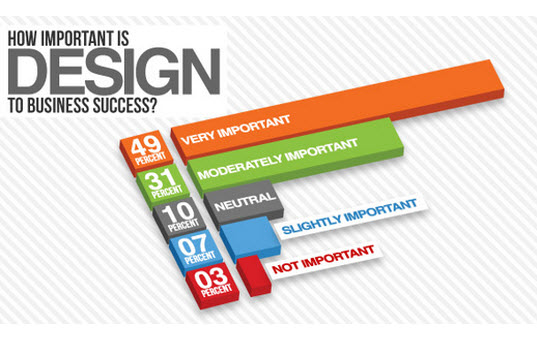Interested In Learning Just How Website Design Has Developed Over The Years? Discover The Journey From Straightforward Styles To User-Centered Techniques
Interested In Learning Just How Website Design Has Developed Over The Years? Discover The Journey From Straightforward Styles To User-Centered Techniques
Blog Article
Short Article Produced By-Pappas Trolle
In the past, web sites were straightforward and concentrated on information. Navigation was straight, and design was for desktops. Now, user experience is essential. Data guides designs for very easy navigation. Responsive formats match different tools. Today, dark setting minimizes stress, and minimalist menus improve navigation. Interactive functions involve users, and bold visuals stand out. AI assimilation improves involvement. See exactly how layout has actually developed to boost your online trip.
Very Early Days of Web Design
In the early days of website design, simplicity reigned supreme. Internet sites were basic, with minimal colors, typefaces, and formats. The emphasis got on providing info rather than flashy visuals. Customers accessed the web through slow-moving dial-up connections, so speed and performance were essential.
Navigating menus were straightforward, commonly located at the top or side of the page. https://www.forbes.com/sites/allbusiness/2020/06/14/quick-guide-to-digital-marketing-for-newbies/ were designed for home computer, as mobile browsing wasn't yet prevalent. Material was king, and developers focused on very easy readability over complicated layout elements.
HTML was the primary coding language utilized, and developers needed to work within its restraints. Computer animations and interactive features were minimal compared to today's standards. Web sites were static, with little vibrant content or tailored customer experiences.
Increase of User-Focused Design
With the evolution of website layout, a shift towards user-focused layout concepts has ended up being increasingly famous. Today, producing websites that focus on individual experience is vital for engaging site visitors and achieving company objectives. User-focused design entails recognizing the needs, choices, and habits of your target market to customize the web site's layout, web content, and features accordingly.
Designers now perform thorough research study, such as customer surveys and use testing, to collect understandings and responses directly from individuals. This data-driven approach assists in producing instinctive navigating, clear calls-to-action, and visually enticing user interfaces that reverberate with visitors. By best website layouts at the center of the design procedure, websites can provide a more individualized and delightful experience.
Responsive style has actually also emerged as a vital element of user-focused layout, guaranteeing that sites are enhanced for different devices and screen sizes. This versatility enhances access and use, dealing with the diverse methods individuals connect with sites today. Basically, the surge of user-focused design symbolizes a change in the direction of producing electronic experiences that focus on the requirements and expectations of completion customer.
Modern Trends in Web Design
Discover the most up to date trends forming website design today. One famous trend is dark mode style, supplying a smooth and modern-day appearance while reducing eye strain in low-light environments. Another crucial fad is minimal navigating, streamlining menus and boosting user experience by concentrating on essential elements. Incorporating micro-interactions, such as computer animated switches or scrolling results, can create a much more interesting and interactive website. Receptive design continues to be vital, making certain seamless individual experiences throughout different devices. In addition, utilizing bold typography and unbalanced designs can include visual interest and draw attention to specific web content.
Integrating AI technology, like chatbots for consumer assistance or personalized referrals, boosts customer engagement and streamlines processes. Availability has likewise become a significant trend, with designers focusing on comprehensive layout techniques to satisfy diverse customer requirements. Embracing sustainability by enhancing web site efficiency for rate and performance is one more arising pattern in website design. Teaming up with customer responses and data analytics to iterate and boost design constantly is vital for staying relevant in the ever-evolving electronic landscape. By embracing these modern fads, you can develop an aesthetically appealing, straightforward internet site that reverberates with your audience.
Verdict
As you assess the evolution of internet site design from the very early days to currently, you can see exactly how user-focused style has actually become the driving pressure behind modern patterns.
Welcome the trip of adjustment and adaptation in website design, always keeping the user experience at the center.
Keep present with the current trends and modern technologies, and never stop evolving your technique to produce visually sensational and user-friendly websites.
Advance, adapt, and produce - the future of web design is in your hands.
